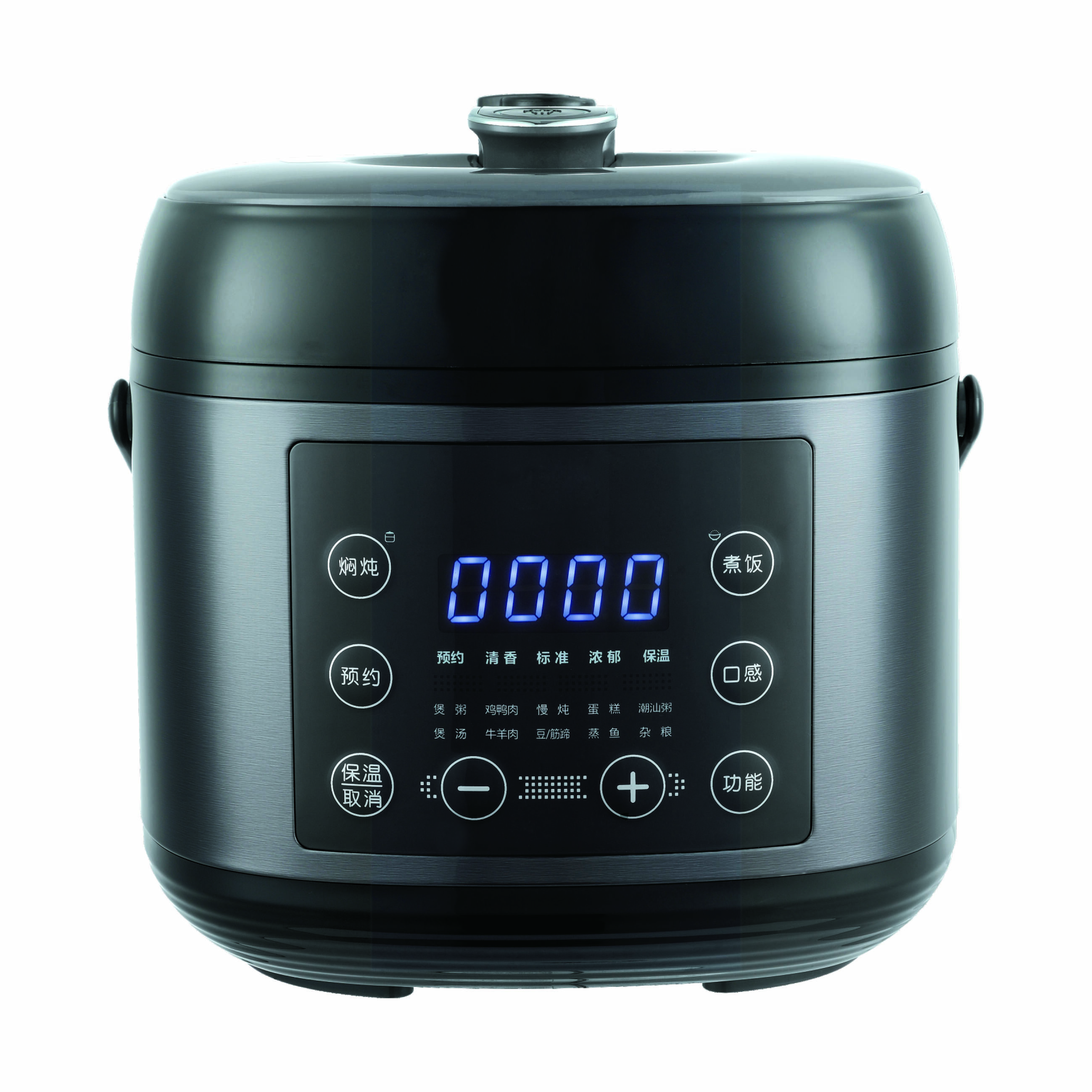From Grandma’s Kitchen to Modern Times: The Evolution of Pressure Cookers
July 05,2023

Introduction
Pressure cookers have come a long way since their humble beginnings in Grandma’s kitchen. These versatile kitchen appliances have undergone significant advancements over the years, transforming the way we cook and saving us valuable time. In this blog post, we will take a journey through the evolution of pressure cookers, exploring their history, innovations, and place in modern kitchens.
The Early Days
Pressure cooking dates back to the 17th century, when French physicist Denis Papin invented the "steam digester." This early precursor to the pressure cooker used a tightly sealed pot to generate steam pressure, allowing for faster cooking times. However, these early models were dangerous and prone to explosions, making them unpopular among home cooks.
The Rise of Safety Features
It wasn’t until the early 20th century that pressure cookers gained popularity with the introduction of safety features. In 1917, the first commercially successful pressure cooker, the "Flex-Seal Speed Cooker," was patented by William W. Lyman. This model featured a pressure release valve and a locking lid, ensuring safe usage.
The Post-War Boom
After World War II, pressure cookers experienced a surge in popularity as they offered a convenient and efficient way to cook meals for growing suburban families. Manufacturers like Presto and Mirro introduced new models with improved safety features, such as pressure indicators and automatic pressure release valves.
The Electric Revolution
In the 1990s, electric pressure cookers entered the market, revolutionising the cooking experience. These appliances eliminated the need for stovetop monitoring and offered programmable settings for different types of food. Electric pressure cookers also provide a safer and more user-friendly option for home cooks.
Modern Innovations
In recent years, pressure cookers have seen a resurgence in popularity thanks to advancements in technology and design. Multi-functional pressure cookers, such as the Instant Pot, have become a staple in many kitchens. These all-in-one appliances combine the functions of a pressure cooker, slow cooker, rice cooker, and more, offering versatility and convenience.
Health and Sustainability
Pressure cookers have also gained recognition for their health and sustainability benefits. The shorter cooking times and minimal use of water help to retain nutrients in food, making pressure-cooked meals more nutritious. Additionally, pressure cookers are energy-efficient, reducing cooking time and energy consumption compared to traditional methods.
The Future of Pressure Cooking
As technology continues to advance, we can expect further innovations in pressure cooking. Smart pressure cookers with Wi-Fi connectivity and app-controlled features are already on the market, allowing users to monitor and control their cooking remotely. We may also see improvements in safety features and more precise cooking settings.
Conclusion
From their early days as potentially dangerous kitchen appliances to their modern iterations as versatile and safe cooking tools, pressure cookers have come a long way. They have evolved to meet the needs of busy households, offering convenience, speed, and deliciously cooked meals. As we look to the future, pressure cookers will likely continue to play a significant role in our kitchens, making cooking easier, healthier, and more enjoyable.